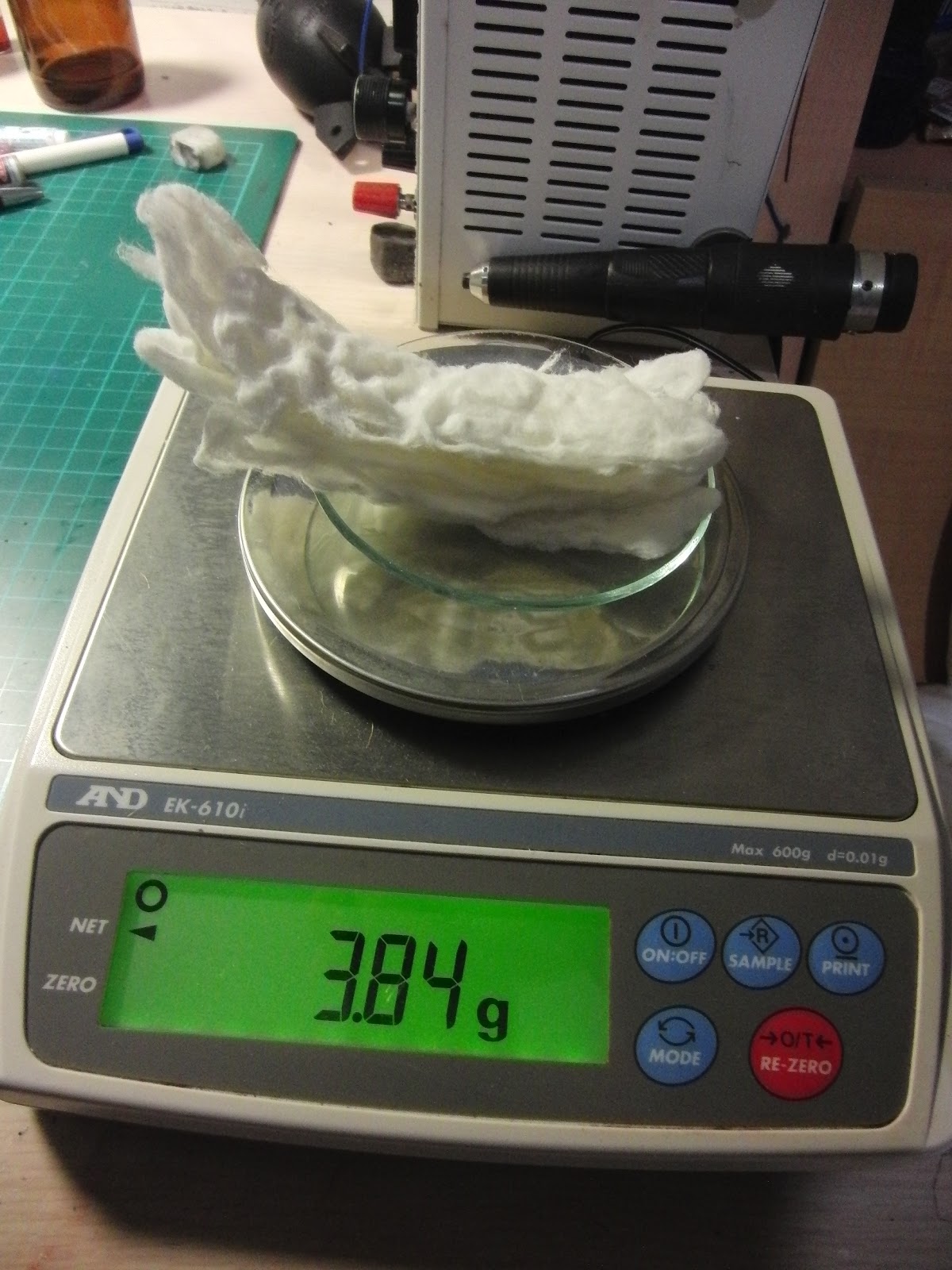A Light Bulb Without Electricity
A copper coil is heated in the flame of a
burner until it is glowing hot. The coil is suspended above a layer of ammonium
hydroxide in a flask. The coil continues to glow and may eventually get hot
enough to melt.
Mechanisms over copper catalyst
The XPS, EELS and STM techniques were used
by the group of M.W. Roberts to study ammonia oxidation on copper surfaces.
They observed that at very low
temperatures (< 300 K) ammonia could be
oxidized to adsorbed NH2 and NH species
through oxydehydrogenation steps. At higher
temperature (400 K) a fraction of the
imide species was further dehydrogenated
into atomic nitrogen:
O + NH3 → NH2
+ OH
O + NH3 → NH + H2O
O + NH → N + H2O
The STM image clearly showed that the
atomic nitrogen produced at 400 K could
block the ends of the –Cu-O- rows,
inhibiting further reactions and creating stable
mixed N-O structures on the copper surface.
Step defects on the surface had strong
influence on the reactivity of oxygen
adatoms. Reactivity was high at the top and
bottom of a [110] step and at the bottom of
a [001] step, whereas it was low at the top
of a [001] step.
Procedure
1.
Prepare a copper coil 1.5cm in
diameter by winding a bare copper wire on a rob. Form a hook or any shape that
can make the coil suspend.
Use a smaller coil in a bigger vessel, it will glow longer
2.
Place 50~100mL of concentrated aqueous
ammonia in a 1000mL Erlenmeyer flask.
3.
Heat the coil with a burner
until it is glowing red-hot.
4.
Immediately place the coil in
the flask, just above the level of the aqueous ammonia.
5.
Hook the end of the wire on the
side of the flask.
6.
Observe the reaction.
A Fascinating Glowing
7.
If the wire does not continue
to glow, begin again using aqueous ammonia
Reference
1.
Chemical Demonstrations-A
Sourcebook for Teachers/Volume1, Second Edition/Lee R. Summerlin and James L.
Ealy, Jr./ American Chemical Society 1988/ ISBN:0-8412-1481-6
2.
Catalytic Oxidation of Ammonia
to Nitrogen/Lu Gang http://alexandria.tue.nl/extra2/200210267.pdf






















